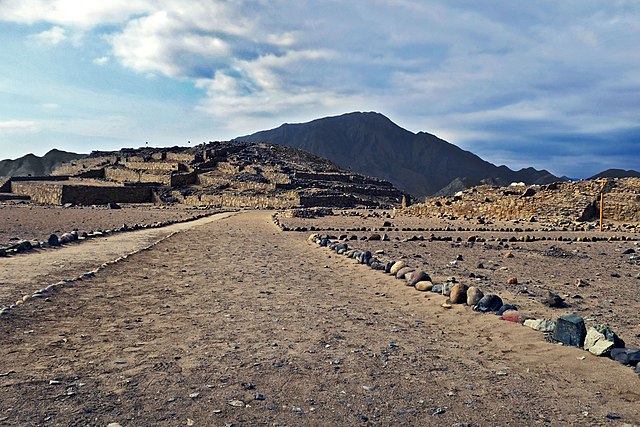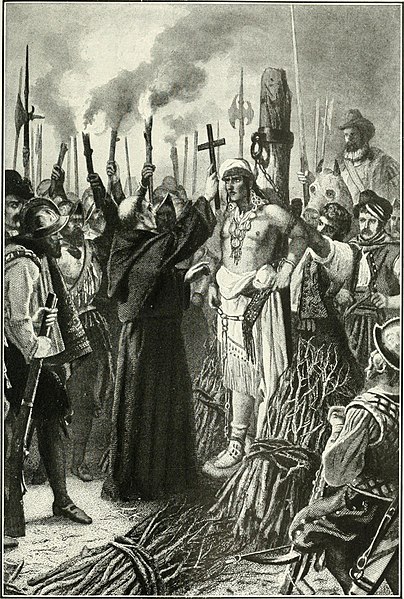Peruvian music is an amalgamation of sounds and styles drawing on Peru's Andean, Spanish, and African roots. Andean influences can perhaps be best heard in wind instruments and the shape of the melodies, while the African influences can be heard in the rhythm and percussion instruments, and European influences can be heard in the harmonies and stringed instruments. Pre-Columbian Andean music was played on drums and string instruments, like the European pipe and tabor tradition. Andean tritonic and pentatonic scales were elaborated during the colonial period into hexatonic, and in some cases, diatonic scales.
Yma Sumac Stories published in the 1950s claimed that she was an Incan princess, directly descended from Atahualpa.
Eva Ayllòn
Tania Libertad was named an Ambassador for Peace by UNESCO, Commendatory by the Peruvian government.
Peru, officially the Republic of Peru, is a country in western South America. It is bordered in the north by Ecuador and Colombia, in the east by Brazil, in the southeast by Bolivia, in the south by Chile, and in the south and west by the Pacific Ocean. Peru is a megadiverse country with habitats ranging from the arid plains of the Pacific coastal region in the west to the peaks of the Andes mountains extending from the north to the southeast of the country to the tropical Amazon basin rainforest in the east with the Amazon River. Peru has a population of over 32 million, and its capital and largest city is Lima. At 1,285,216 km2, Peru is the 19th largest country in the world, and the third largest in South America.
Remains of a Caral/Norte Chico pyramid in the arid Supe Valley
Moche earrings depicting warriors, made of turquoise and gold (1–800 CE)
The citadel of Machu Picchu, an iconic symbol of pre-Columbian Peru
One of the main events in the conquest of Peru was the death of Atahualpa, the last Sapa Inca, executed by the Spaniards on 29 August 1533







